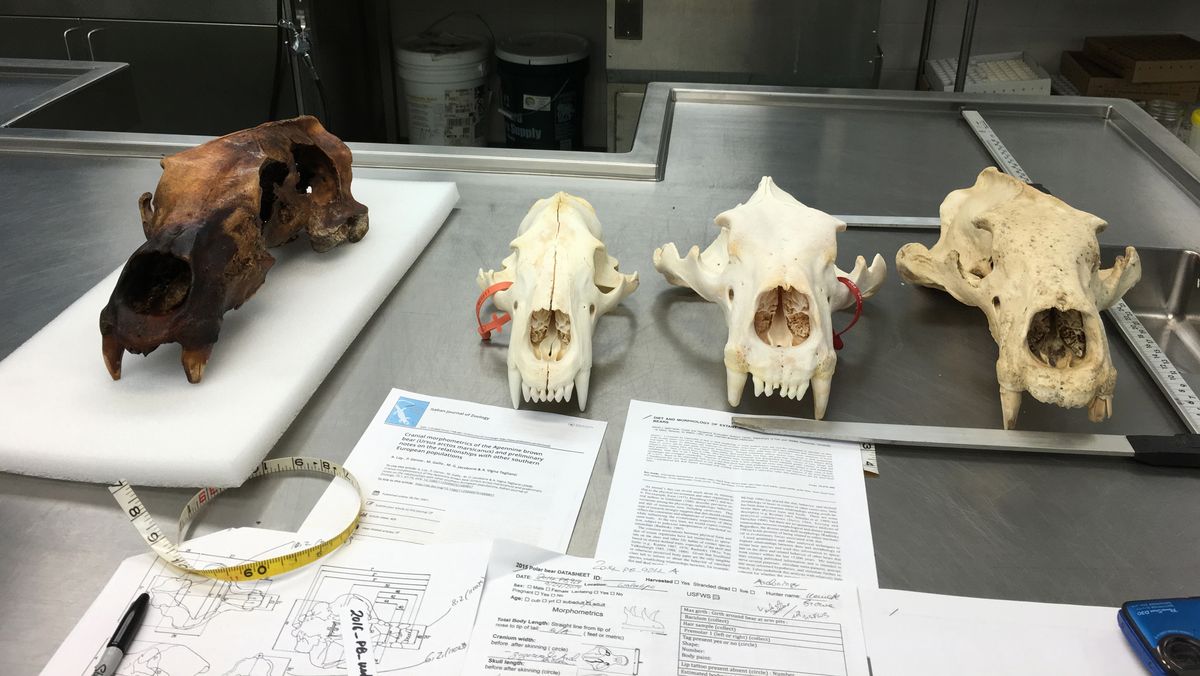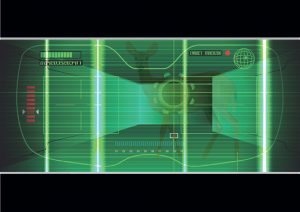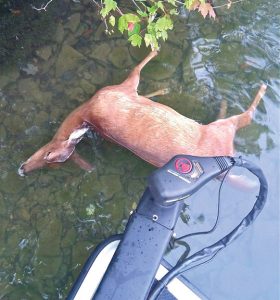After unearthing what is one of the largest polar bear skulls ever found in 2014, researchers and aboriginal hunters believe it to be the remnant of a large, narrow-bodied bear referred to as “tiriarnaq” or “tigiaqpak,” meaning “weasel bear.”
The eroding Chukchi Sea coastal permafrost is providing researchers with evidence that these legendary bears – or a variety of some sort of bear– was in Arctic Alaska centuries ago.
The unusually shaped skull is slender in shape and features unusual structural characteristics around the nasal area and is proving to be one of the oldest complete polar bear skulls ever recovered in Alaska.
“It looks different from your average polar bear,” said Anne Jensen, an Utqiaġvik-based archaeologist told ADN.
While known to archaeologists for over 50 years, it was not until now that the site where the skull was recovered was accessible. After being initially excavated in 1968 and 1969 by Smithsonian anthropologist Dennis Stanford, the site was closed-up, thought to be preserved by the colder climate and hard-frozen ground.
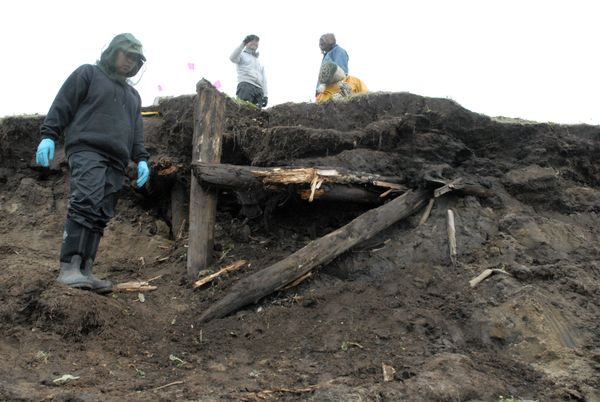
“Everyone had the opinion — I was one of them — that he had pretty well excavated the site and there was nothing left to be done,” Jensen said.
During the summer of 2013, everything at the site changed as the face fell off the bluff and a small house was made visible. The next year, roughly 90 feet of soil was sliced away during a massive collapse, which was exactly when the bear skull was recovered.
In addition to the skull, four mummified seals, naturally preserved in an old ice cellar were also recovered from the site, although they are believed to have dated back to the 1940’s – not quite as old as the bear skull.
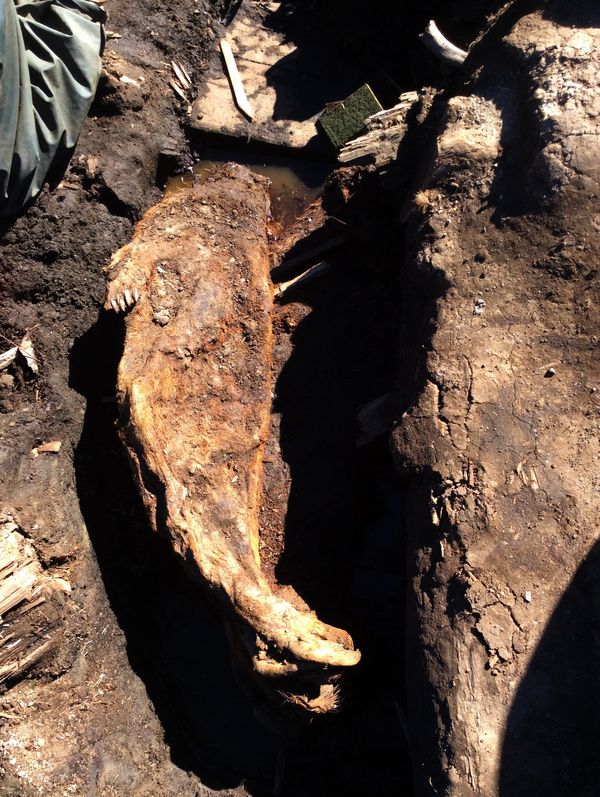
Archaeologists are now faced with somewhat of a race against time, as artifacts continue to be discovered. As thaw and erosion continue to plague the site, sites are eroding at a rapid pace. Jensen and her team are in search of emergency funding, as she put it; “it’s like the library is essentially on fire now.”
H/T: ADN

